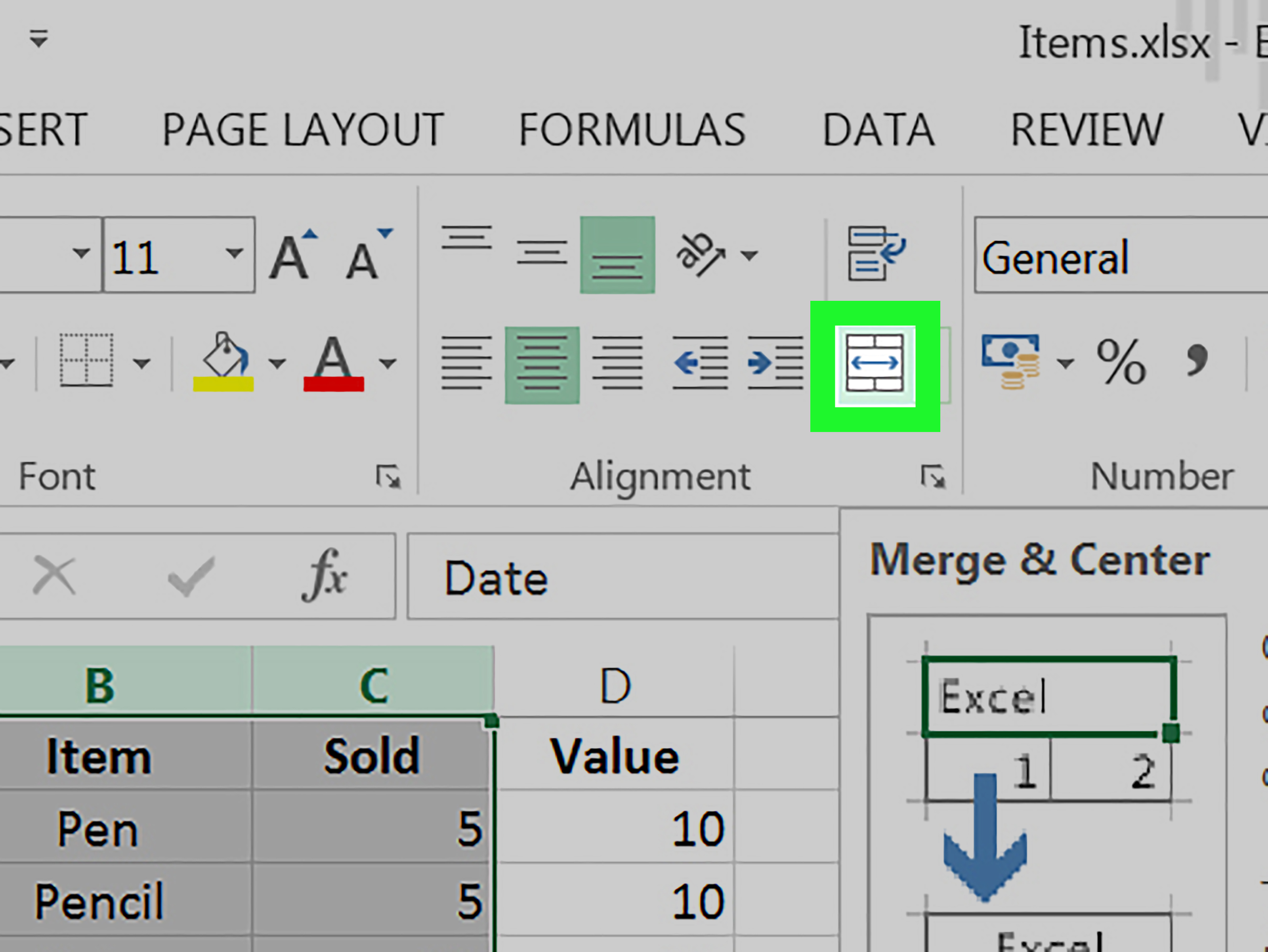5 Ways to Merge Excel Sheets Easily

Whether you're a financial analyst, a data scientist, or a business owner, merging Excel sheets often becomes an essential task to get a consolidated view of your data. Excel, with its multiple features, offers various ways to combine data from different worksheets into a single sheet. Below, we explore five effective methods to streamline this process.
1. Using Power Query

Power Query is one of Excel’s most powerful tools for data transformation. Here’s how to use it for merging sheets:
- Go to the ‘Data’ tab, then select ‘Get Data’ > ‘From File’ > ‘From Workbook’.
- Choose the Excel file containing the sheets you want to merge. A Navigator window will open.
- Select the sheets you wish to combine by checking the box next to each sheet name.
- Click ‘Transform Data’, where you can then use the ‘Append Queries’ feature to combine all selected sheets into one.
Image:


💡 Note: If the data structure differs between sheets, you might need to use Power Query’s merging functions to align columns appropriately.
2. Consolidate Function

If you’re looking for a straightforward way to consolidate data without much manipulation, Excel’s Consolidate function can be your ally:
- Select an empty cell where you want your merged data to start.
- Go to the ‘Data’ tab and click ‘Consolidate’.
- Choose the function (e.g., Sum, Average, Count) and select the ranges from the different sheets you want to combine. Ensure that the ‘Top row’ and ‘Left column’ options are checked if your sheets have headers.
- Click ‘Add’ to include each range, then ‘OK’ to consolidate the data.
📝 Note: Consolidate works best when all your data ranges share a common structure.
3. VLOOKUP or INDEX-MATCH

These functions are excellent for merging data based on key columns:
- Identify a unique identifier in your sheets.
- Use VLOOKUP or INDEX-MATCH in one sheet to pull information from another:
Here, ‘A2’ is the lookup value, ‘Sheet2!A:B’ is the range to search, ‘2’ is the column index, and ‘FALSE’ for an exact match.=VLOOKUP(A2, Sheet2!A:B, 2, FALSE) - Drag the formula down to populate the rest of the merged sheet.
🔍 Note: INDEX-MATCH offers more flexibility as it can look in any direction, whereas VLOOKUP is limited to looking to the right.
4. VBA Macro

For repetitive merging tasks, a VBA macro can be the ultimate efficiency tool:
- Open the Visual Basic Editor by pressing Alt + F11.
- Insert a new module from the ‘Insert’ menu.
- Paste a script that loops through the sheets and copies/pastes data into a master sheet.
- Close the editor and run the macro from the ‘Developer’ tab or with a keyboard shortcut.
Sub MergeSheets() Dim ws As Worksheet, masterWs As Worksheet Set masterWs = ThisWorkbook.Sheets(“Master”)For Each ws In ThisWorkbook.Worksheets If ws.Name <> masterWs.Name Then ws.Range("A1").CurrentRegion.Copy masterWs.Range("A" & masterWs.Rows.Count).End(xlUp).Offset(1, 0) End If Next ws
End Sub
💻 Note: This method is ideal for larger datasets, but ensure your macro's logic aligns with data structures across sheets.
5. Manual Copy-Paste

While not the most advanced method, sometimes a straightforward manual approach can be effective:
- Go to the first sheet, select all the data, right-click and choose ‘Copy’.
- Navigate to where you want to combine data, right-click, and select ‘Paste Special’ > ‘Values’ to avoid copying formats or formulas.
- Repeat for each sheet you wish to merge.
📌 Note: This method requires attention to detail to ensure no duplicates or errors occur.
Combining multiple Excel sheets, whether through automation or manual efforts, allows for a comprehensive analysis of diverse datasets. Each method has its merits, from Power Query's versatility for data transformation, to the simplicity of the Consolidate function, to the data integrity ensured by VLOOKUP or INDEX-MATCH. VBA macros offer automation for repetitive tasks, and sometimes, the old-fashioned copy-paste is just what's needed for quick, one-time merges. Depending on your data's structure and complexity, you can choose the most suitable method to streamline your workflow, ensuring accuracy and efficiency in your data analysis.
Can I merge sheets with different structures?

+
Yes, but it requires more work. Tools like Power Query are particularly useful for aligning columns from different sheets. You might need to transform or normalize data before merging.
Is VBA necessary for all merging tasks?

+
No, VBA is not necessary for all tasks. For simple or one-time merges, manual methods or in-built functions like VLOOKUP can suffice. VBA becomes essential for repetitive, complex merging tasks.
What if my sheets have duplicate headers?

+
You can use Power Query to eliminate duplicate headers or structure your data so that headers remain unique. Alternatively, rename headers manually before merging.



